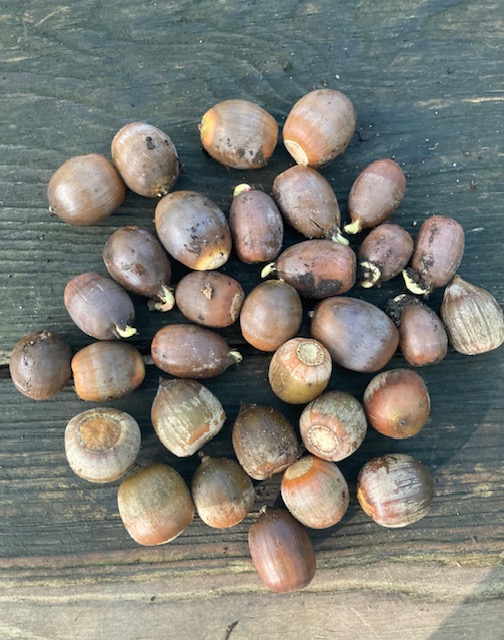
White and red oak acorns from Browne Preserve collected by Chris Schipper
In Connecticut, oaks are the most important wildlife trees. Acorns, which are high in protein and fat, can make up to 50% of the winter diet of white-tailed deer and wild turkeys. White oaks produce sweet-tasting acorns every year. Red oaks, on the other hand, produce a bitter-tasting crop that matures over two years. White oak acorns are generally preferred and eaten first, while red oak acorns are left for later and are often the only ones on the ground towards the end of winter.
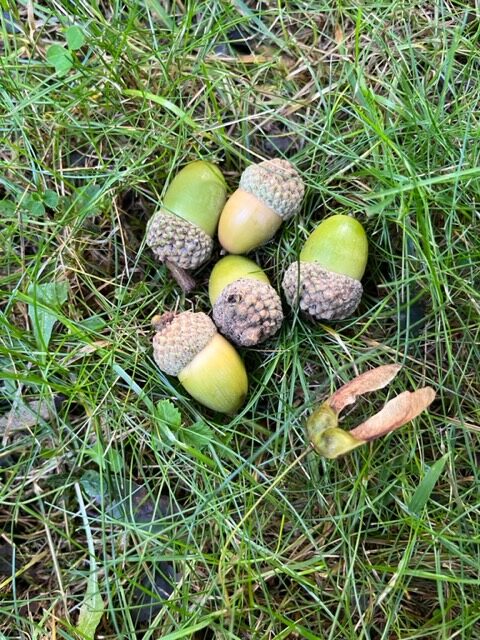
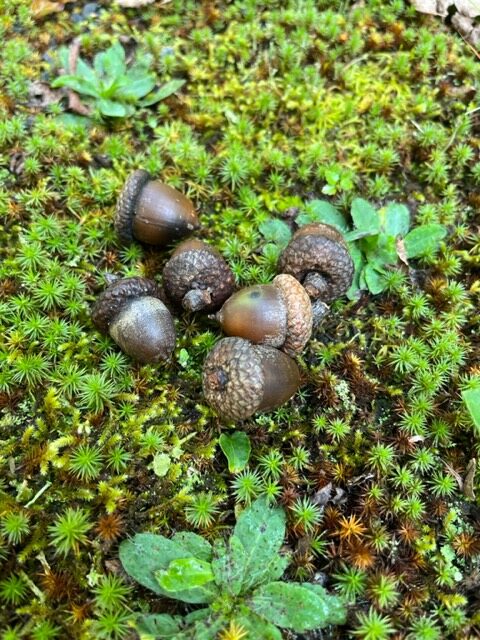
White oak acorns are elongated with knobby caps; red oak acorns are rounder with larger scaly caps
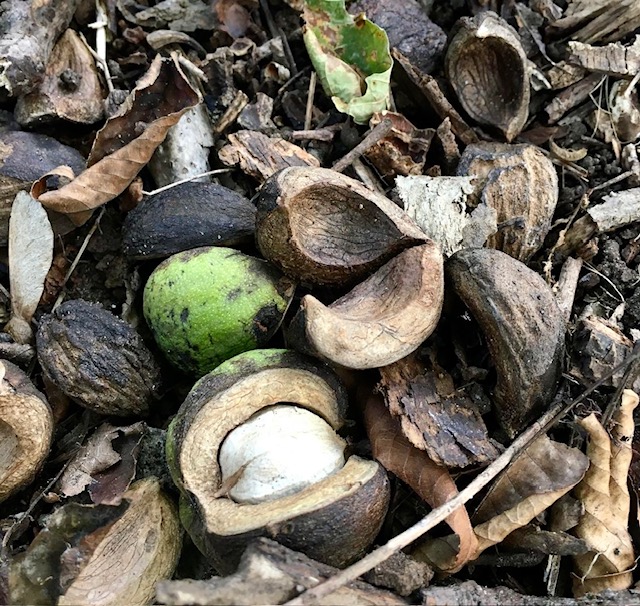
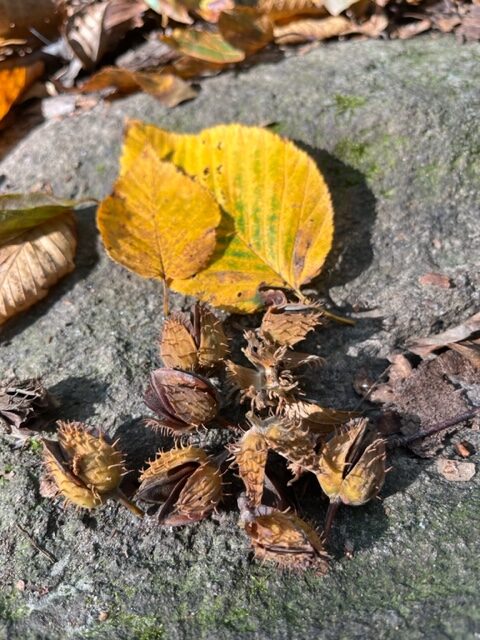
Beech nuts
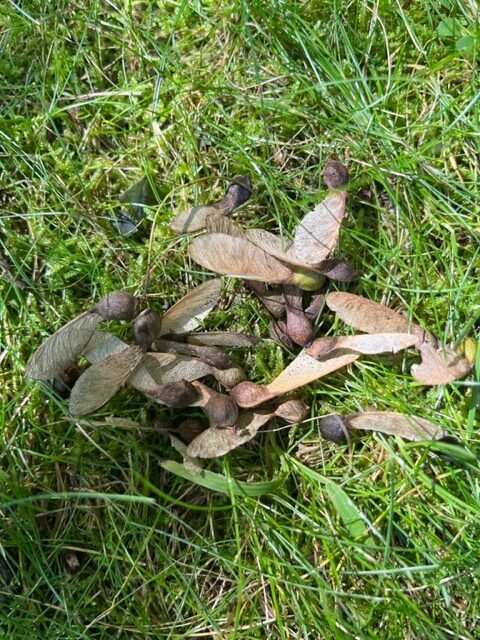
Maple samarras
Maple samarras, sometimes called ‘whirlybirds’ or ‘helicopters’ germinate and fall once a year. These dry fruits are soft and slightly bitter tasting, yet palatable to small mammals, such as chipmunks, squirrels and other rodents, cardinals, grosbeaks, and other birds.
Every 2-5 years, mast trees produce a bumper crop. These surpluses are referred to as ‘mast years.’ Scientists are uncertain as to what triggers the increased production of acorns, nuts, or samarras in any given year, but there is an ecological advantage to this binge reproduction. Boom years produce many more seeds and nuts than can be consumed by wildlife, therefore there is a better chance that more seeds will survive and sprout.
Mixed hardwood forests with several kinds of mast-producing trees are the most beneficial to wildlife habitats. If one kind of tree produces a scant mast crop one year, another species may prove to be more bountiful. To everything, there is a season.
Recent Comments